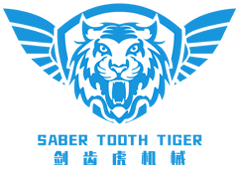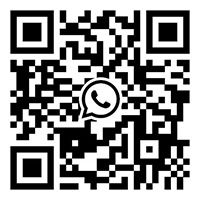25
2024
-
03
Precautions for lifting and installation of busbar processing machine
The lifting and installation of busbar processing machines require a lot of manpower and material resources. Understanding this knowledge can reduce unnecessary processes and save time and labor. So, let’s take a look at the lifting and installation precautions for the busbar processing machine.
The lifting and installation of busbar processing machines require a lot of manpower and material resources. Understanding this knowledge can reduce unnecessary processes and save time and labor. So, let’s take a look at the lifting and installation precautions for the busbar processing machine.
1. Lifting: When loading and unloading the busbar machine, lifting equipment should be used as much as possible. When lifting, double wire ropes should be placed in the symmetrical center of the fuselage. Places where the wire ropes may touch the machine parts should be lined with wooden blocks or rubber to avoid damage. Damaged parts and paint. (Note: Do not allow poor protruding parts such as hoses, electrical appliances and protective covers to be squeezed by the steel cable.) When lifting, the height of the equipment should be as low as possible, and it should be lifted gently.
2. Installation: The equipment should be installed in a place without obvious vibration. An earthquake-proof foundation with concrete structure can be used. The floor should be flat, and sufficient space should be left around the equipment to facilitate installation, debugging, inspection, maintenance and operation. To place the equipment horizontally, you must use shims at the four corners of the base, place a level on the workbench for longitudinal and transverse adjustment, and tighten the anchor bolts after adjustment.
3. Add hydraulic oil: first open the left guard cover of the machine base, then unscrew the oil inlet cover of the oil tank, and add about 130 liters of N46# anti-wear hydraulic oil. The oil level is based on the oil gauge scale outside the oil tank.
4. Connect to the power supply: Use a three-phase four-wire (62) 380V±10%+PE cable and connect it to the incoming terminal row of [L1, L2, L3, N (auxiliary line)] in the distribution box That’s it. Notice! Must be grounded! Otherwise, there will be consequences at your own risk!
5. Trial operation inspection: After the power is turned on and the indicator lights up red, turn on the key to the main stop button on the console and the indicator lights up green. Then turn on the buttons of each station. If there is any abnormal sound, check whether the motor is running clockwise. Check the hydraulic system for leaks and repair them if there are leaks.
Related news





